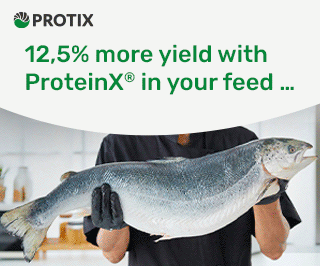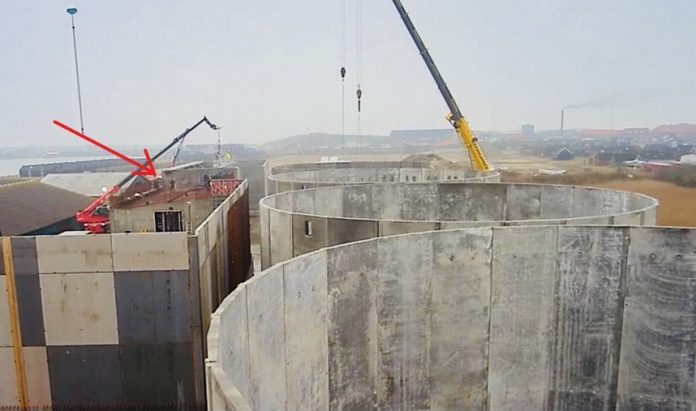The builders of a big land-based salmon production facility near Miami dubbed Salmon City are hoping economies of scale at their similar Danish facility will help the model to profitability
Norwegian-controlled trademark Danish Bluehouse might be the largest salmon-farming undertaking in the world that’s land-based and based on recirculated aquaculture systems, or RAS.
It might be the first RAS facility with the economy of scale to compete with clearly more profitable marine grow-outs. Its builder, Atlantic Sapphire thinks so.
Whatever it is, Atlantic Sapphire’s “expansion” of their 3,000-tonn-a-year Langsand Laks facility looks, for now, like a giant crude oil storage facility. Project Danish Blue House is comparable in scale to the company’s 90,000 t Salmon City grow-out project near Miami, Florida, and construction is well underway.
“The Danish Blue House will be the largest in the world so far, and once completed will be set to compete on cost with conventional salmon-farming,” CEO Johan Andreassen tells SalmonBusines. A gifted business leader, Andreassen started building his fortune as a teenager with cousin and business partner, Bjorn Vegard Lovik. At 32, Andreassen and Lovik sold their Villa Organic for about EUR 9 million.

Mega-expansion
He confirms, though, that the new mega-structures are an expansion of the company’s on-site infrastructure on the windy west coast of Denmark .
“The tanks in Denmark Phase 2 that are being completed before the summer this year are about 1,750 cubic-meters each, and we are building six of them,” he says, adding, “These are the same size tanks that will be used in our Phase 1 in Miami (10,000 t). The new production capacity between Denmark Phase 1 and 2 will be approximately 3,000 t a year of (head-on gutted) product.”
The Danish add-on seems about the size of one marine grow-out and good for about EUR 15 million a year in wholesale value. On-site risk is gut by building separate grow-out systems, dozens of which are planned near Miami.
Atlantic Sapphire is the Norwegian holding company that owns all of the shares in the Danish facility and the U.S. facility. The Norwegian entity is listed on the Norwegian OTC index under the ticker ATLAS.
“The company is owned primarily by Norwegian funds, family offices and high net worth individuals,” Andreassen says.
Summer harvest
Though still a lot of concrete, the Miami-based Andreassen says the Danish facility will see its first harvest this summer. The Miami-area installation targets first-fish in the summer of 2020.
Already able to produce salmon on land, Andreassen says that Atlantic Sapphire is, instead, focused on “risk-adjusted biological performance”.
“We are able to successfully produce commercial-size salmon of three to six kilograms with perfect flavour under commercially viable densities and yields. The scale-up is using our existing know-how and technology to replicate what we already do.”
Judging by investor info SalmonBusiness has seen, Atlantic Sapphire plans to raise tens of millions of dollars once the first phases of its Miami-area construction plans are complete.
CORRECTION: Danish Bluehouse produces 3,000 tonnes of salmon per year, not 2,000 as we had erroneously reported.




